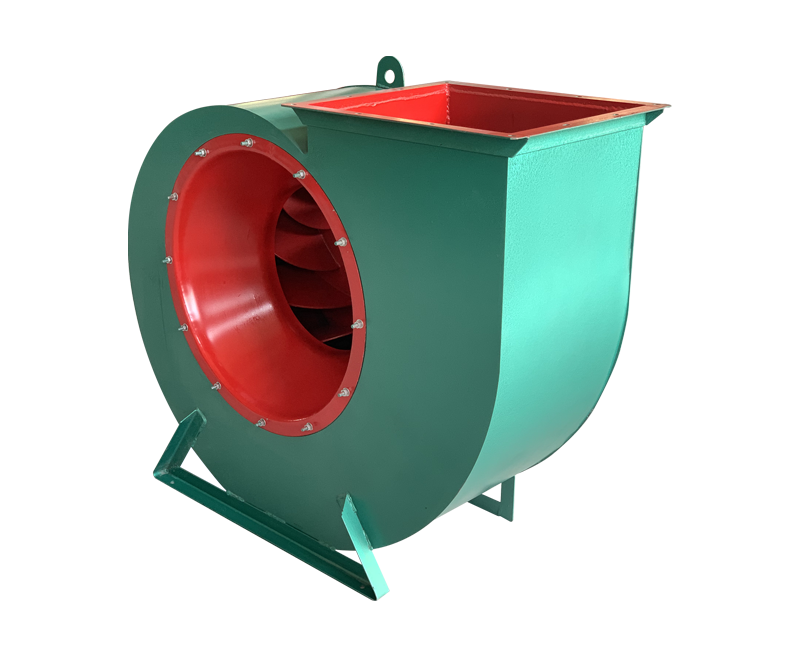
3. When installing Type C and Type B, ensure that the two pulley positions are on the same plane, and the flatness tolerance is 0.5mm. 4. When installing Type D, use a dial indicator and feeler gauge to measure the coaxiality of the fan spindle and motor spindle and the parallelism of both ends of the coupling. The coaxiality tolerance of two shafts is 0.2mm, the parallelism tolerance of both ends of the coupling is 0.2mm, and the spacing between two planes of the coupling is 5 to 8mm. 5. After the fan is installed, move the rotor with hand or lever to check whether it is too tight or collided. The test run can be carried out without overtightening or collision. 6. After the motor is installed, the belt pulley or coupling guard shall be installed. If the air inlet is not connected to the air inlet pipe, the guard net or other safety devices (provided by the user) shall also be provided. 7. Other parts shall be installed according to the corresponding positions in the drawing. 8. Add N46 (ISO VG46, 30) in summer and N32 (ISO VG32, 20) in winter. The oil level should be at 1/2 of the oil window.
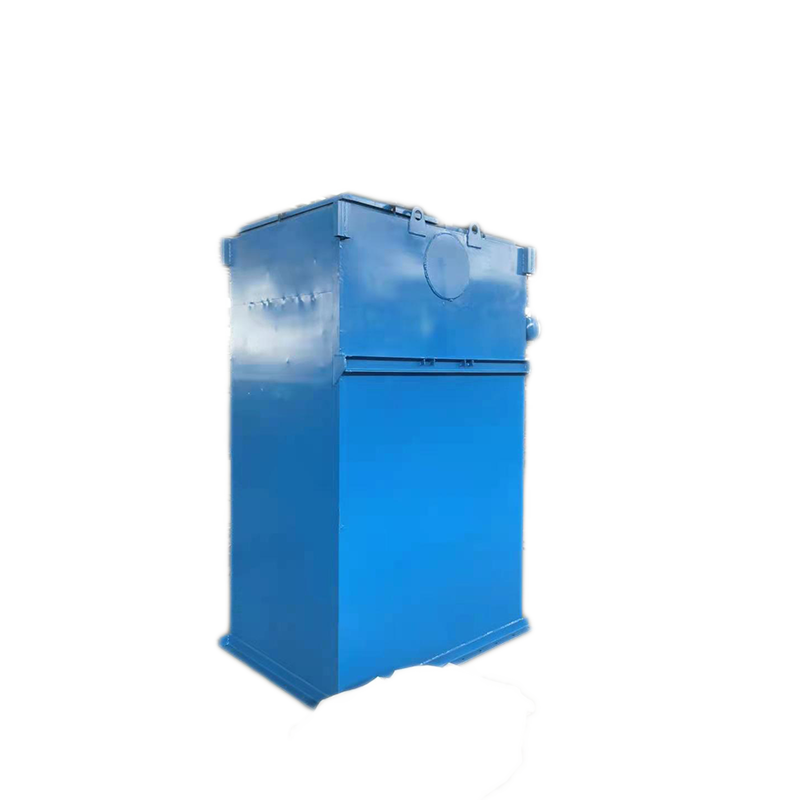
How are dust collectors classified, large Wet electrostatic precipitator Do you know how to distinguish it and how to define its economic type? Let's talk about it from these aspects. 1. Dust removal efficiency. Jiangxi Wet electrostatic precipitator Dust removal efficiency refers to the ratio of the amount of dust collected by the dust collector to the amount of dust entering the dust collector. According to the total dedusting efficiency, the dedusters can be divided into: low efficiency dedusters (50~80%), medium efficiency dedusters (80~95%) and high efficiency dedusters (more than 95%). 2. Dust removal resistance. The resistance indicates the pressure loss when the airflow passes through the dust remover. According to the resistance, dust collectors can be divided into low resistance dust collectors (Δ P<500Pa), medium resistance dust collectors (Δ P=500 ~ 2000Pa) and high resistance dust collectors (Δ P=2000 ~ 20000Pa). 3. Economy. Economy is one of the important indexes for evaluating dust remover, which includes equipment cost and operation and maintenance cost of dust remover. Among all kinds of dust collectors, the equipment cost of electrostatic precipitator is the highest, followed by bag type dust collector, Venturi tube dust collector, cyclone dust collector is the lowest electrostatic precipitator: the dust removal efficiency is high, generally above 99%, and the design efficiency is up to 99.99%. The wet dust collector is commonly known as "water dust collector" : The filtration efficiency can reach more than 85%, and the integrated desulfurization and dust remover of stone water film+swirl plate>>about 80% of desulfurization and dust removal can reach as high as about 95%.
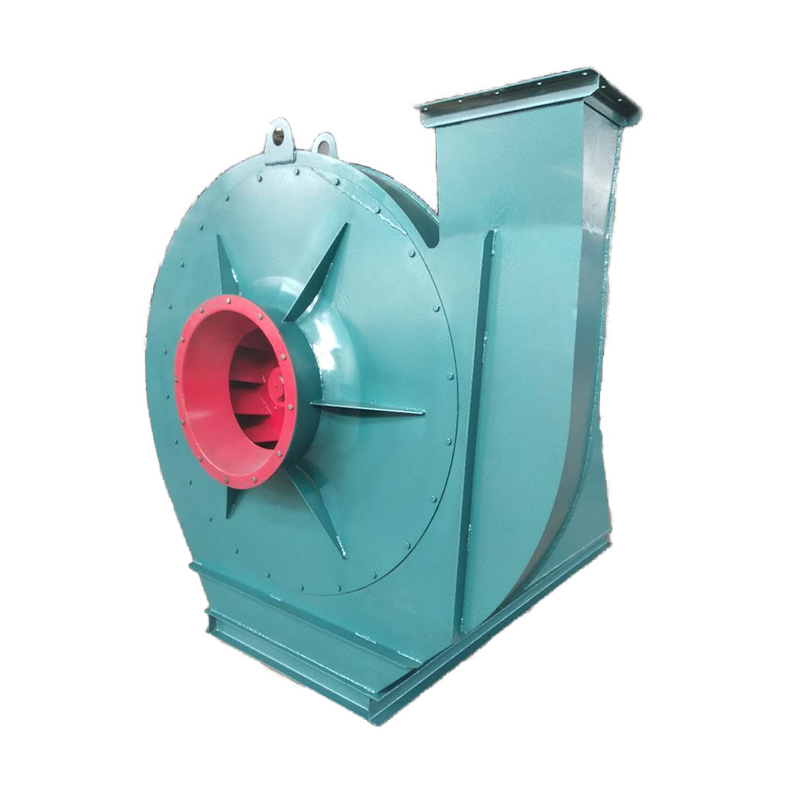
(3) The main faults and causes of the fan may occur during the operation of the fan. For the faults generated, the causes must be quickly identified and solved in time to prevent accidents. Faults in the Operation of 4-72-12 Centrifugal Fan and the Causes Table Fault Name Causes Severe Vibration of Bearing Box 1. The fan shaft is different from the motor shaft, and the coupling is installed askew. 2. The casing or air inlet rubs with the impeller. 3. The foundation stiffness is not enough or firm. 4. Impeller rivet is loose or wheel disc is deformed. 5. The impeller shaft disk and shaft are loose, and the coupling bolt is movable. 6. The connection between casing and bracket, bearing box and bracket, bearing box and seat is loose. 7. The air inlet and outlet pipes of the fan are poorly installed, causing vibration. 8. The rotor is unbalanced. Bearing temperature rise is too high 1. The bearing box vibrates violently. 2. The lubricating grease is poor in quality, deteriorated or overfilled, or contains dust, sand, dirt and other impurities. 3. The tightening force of connecting bolts of bearing cover seat is too large or too small. 4. The shaft and rolling bearing are installed askew, and the front and rear bearings are not concentric. 5. The rolling bearing is damaged. The motor current is too high and the temperature rise is too high. 1. The throttle valve in the air inlet pipe is not closed tightly when driving. 2. The flow exceeds the specified value, or the air duct leaks. 3. The gas density conveyed by the fan is too high. 4. The input voltage of the motor is too low or the power supply is cut off individually. 5. The coupling is improperly connected, the leather ring is too tight or the gap is uneven. 6. Affected by the violent vibration of the bearing box. 7. Affected by deterioration or failure of parallel fans. When the belt slides down, the two pulleys are not in the same plane with each other. Belt runout The distance between two pulleys is too close or the belt is too long.
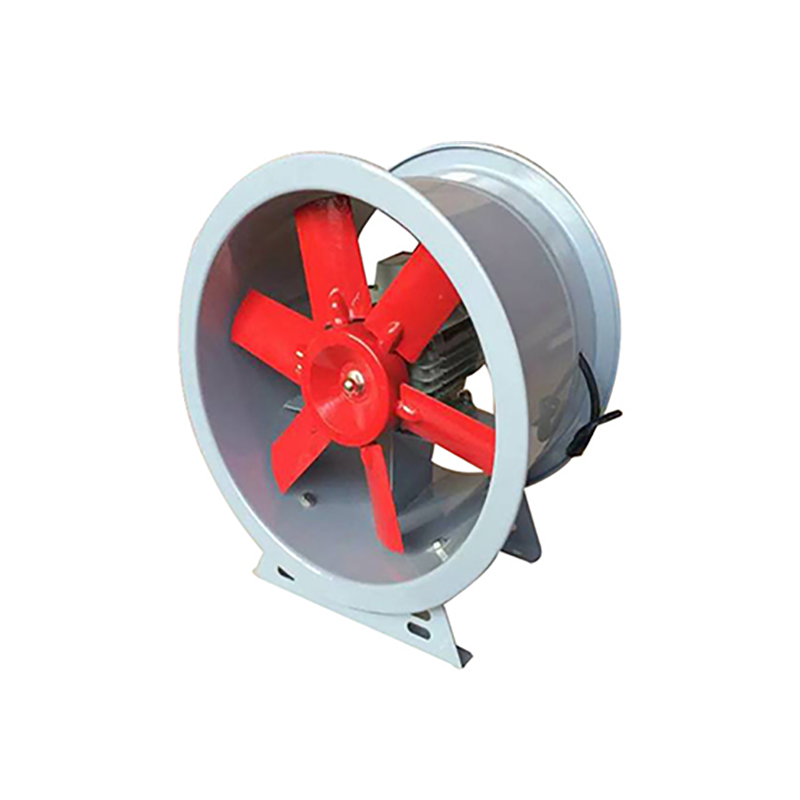
Main working principles of wet electrostatic precipitator: large Wet electrostatic precipitator Spray the water mist to the discharge electrode and corona area. The water mist will split and further atomize after being charged in the powerful corona field formed by the barbed electrode. The collision interception, adsorption and condensation of electric field force and charged water mist will jointly trap the dust particles. Finally, the dust particles will reach the dust collecting electrode and be trapped under the drive of electric field force. The water forms a continuous water film on the dust collecting electrode, and the captured dust is washed into the ash hopper and discharged with water. Operating principle of wet electrostatic precipitator. The dedusting process of electrostatic precipitator can be divided into four stages: gas ionization; The dust is charged with ions; Charged dust moves towards the electrode; Remove the dust on the electrode. Only the objects removed by wet electrostatic precipitation are dust and droplets, but their working principles are different due to the differences in physical characteristics between droplets and dust. In principle, Jiangxi Wet electrostatic precipitator First of all, the existence of water droplets has an impact on the electrode discharge. To form emitting ions, free electrons in the metal electrode must obtain enough energy to overcome the ionization energy and cross the surface barrier to become emitting electrons. It is an effective measure to reduce the surface barrier by bringing water on the electrode surface. After the metal surface is covered with water, the original "metal air" interface is divided into "metal water" interface and "water air" interface. The potential barrier of the latter two interfaces is much lower than that of the former interface. In this way, after the metal surface is filled with water, the original high barrier will be divided into two low barriers, which will greatly weaken the blocking effect of the surface barrier on free electrons and make electrons easy to launch. In addition, Wet electrostatic precipitator manufactor Under the action of electric field, various impurity ions in water can easily cross the surface barrier and become emission ions. All of these have changed the electrode discharge effect, enabling corona discharge under low voltage. Secondly, due to the existence of water droplets, the resistance of water is relatively small. When water droplets combine with dust, the specific resistance of dust with high specific electricity decreases, so the working state of wet electrostatic precipitator will be more stable; In addition, since the wet electrostatic precipitator is washed by water flow and has no rapping device, it will not produce secondary dust.
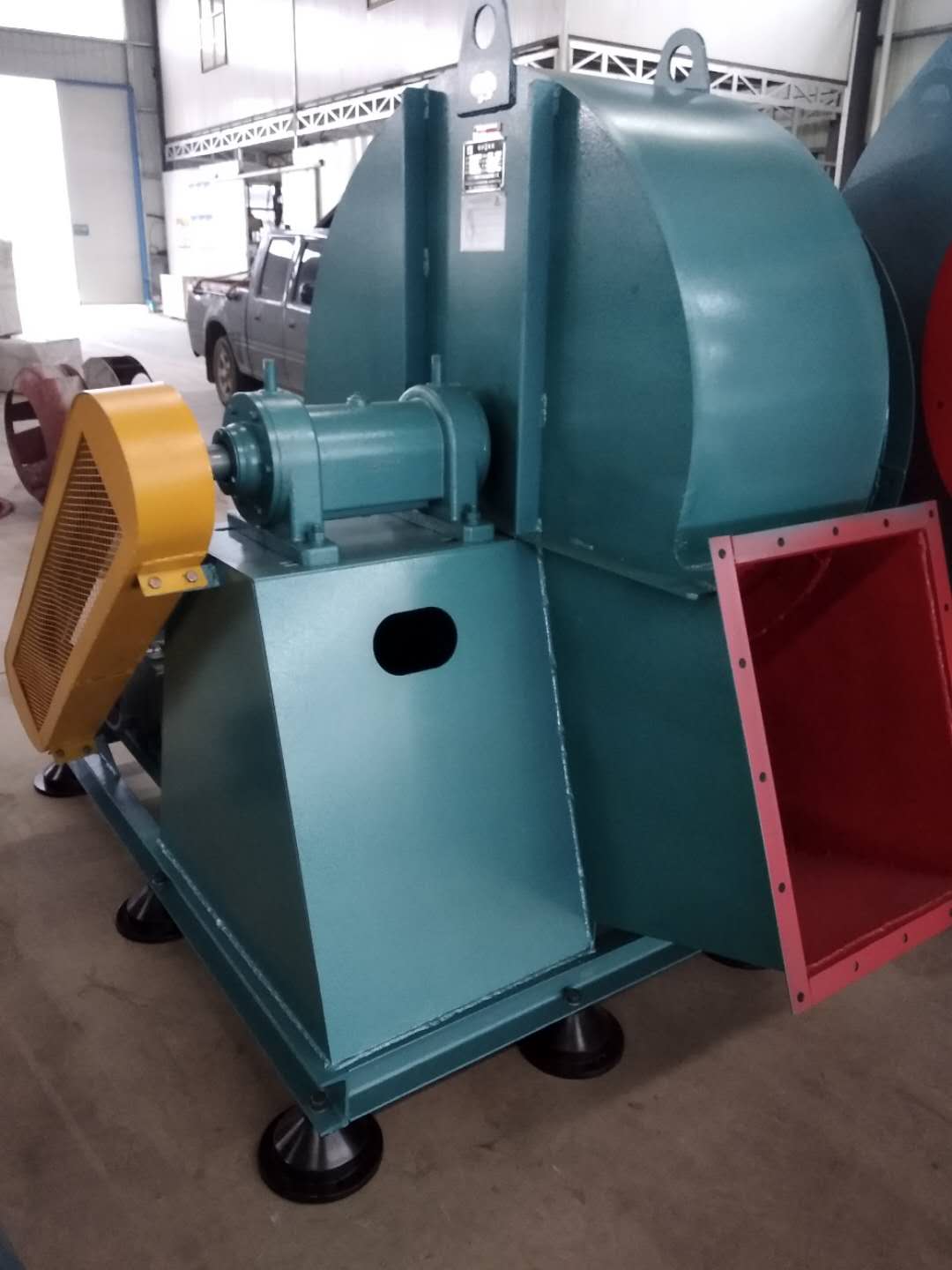
Preparations for fan installation. large Wet electrostatic precipitator Before unpacking the fan, check whether the package is intact, whether the nameplate parameters of the fan meet the requirements, and whether all accompanying accessories are complete. Carefully check whether the fan is deformed or damaged during transportation, whether the fasteners are loose or fall off, and whether the impeller is scratched, and check all parts of the fan. Jiangxi Wet electrostatic precipitator manufactor If any abnormality is found, it shall be repaired before use. Use a 500V megger to measure the insulation resistance between the fan housing and the motor winding. The value should be greater than 0.5 megohm. Otherwise, the motor winding should be dried. The temperature during drying should not exceed 120 ℃. Prepare various materials, tools and sites required for fan installation.
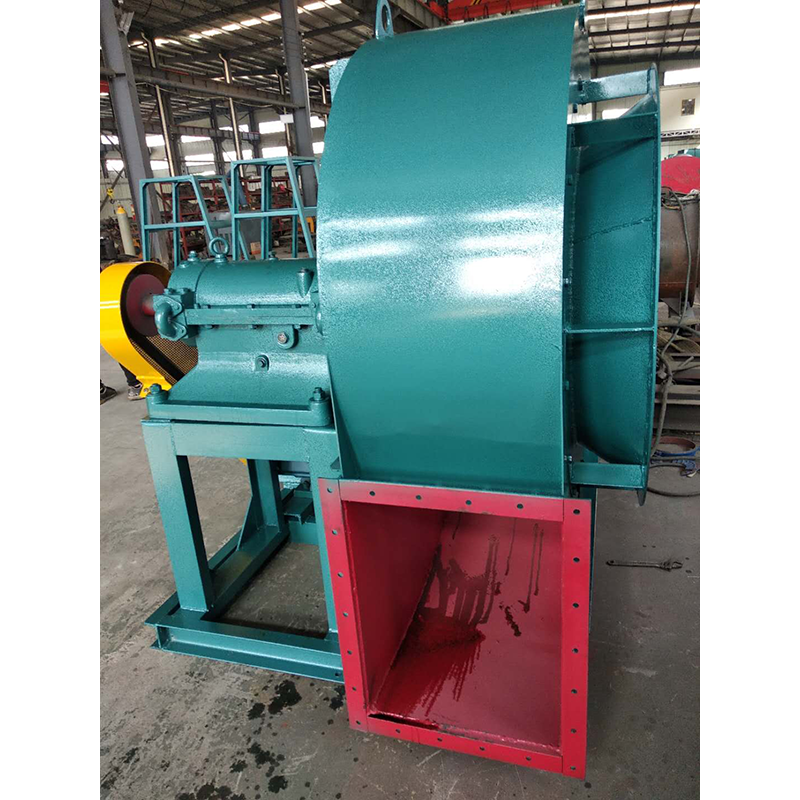
Wet dust remover is a device that uses the action of water or other liquids and dusty gases to remove dust particles. When dust particles meet with sprayed water droplets, water films or wetted walls and devices The process of wetting, condensation, diffusion and sedimentation takes place, so it is separated from the gas to purify the gas. Jiangxi Wet electrostatic precipitator manufactor It is characterized by purifying dust at the same time It can also purify gas, large Wet electrostatic precipitator When the flue gas contains combustible components, the use of wet dust collectors can avoid equipment explosion, and the dust removal effect can generally meet the environmental protection requirements. The equipment is small and the investment is relatively low. Therefore, there are three wet dust collectors used in dust removal projects in mining, metallurgy, machinery, light industry, building materials and other industries. Sludge containing sewage must be treated, otherwise secondary pollution may occur, Therefore, it is not widely used as dry dust collector. There are many types of wet dust collectors. According to their structures, there are the following types: ① gravity spray wet dust collectors - spray scrubbing towers; ② Cyclone wet dust collector - cyclone water film dust collector, water film dust collector; ③ Self excited wet dust collector - impulse dust collector, water bath dust collector; ④ Packed wet dust collector - packed tower, turbulent ball tower; ⑤ Foam wet dust collector - foam dust collector Cyclone dust collector, leaky plate tower; ⑥ Venturi wet dust collector - Venturi tube dust collector; ⑦ Mechanical induction wet dust collector - water wheel dust collector.






